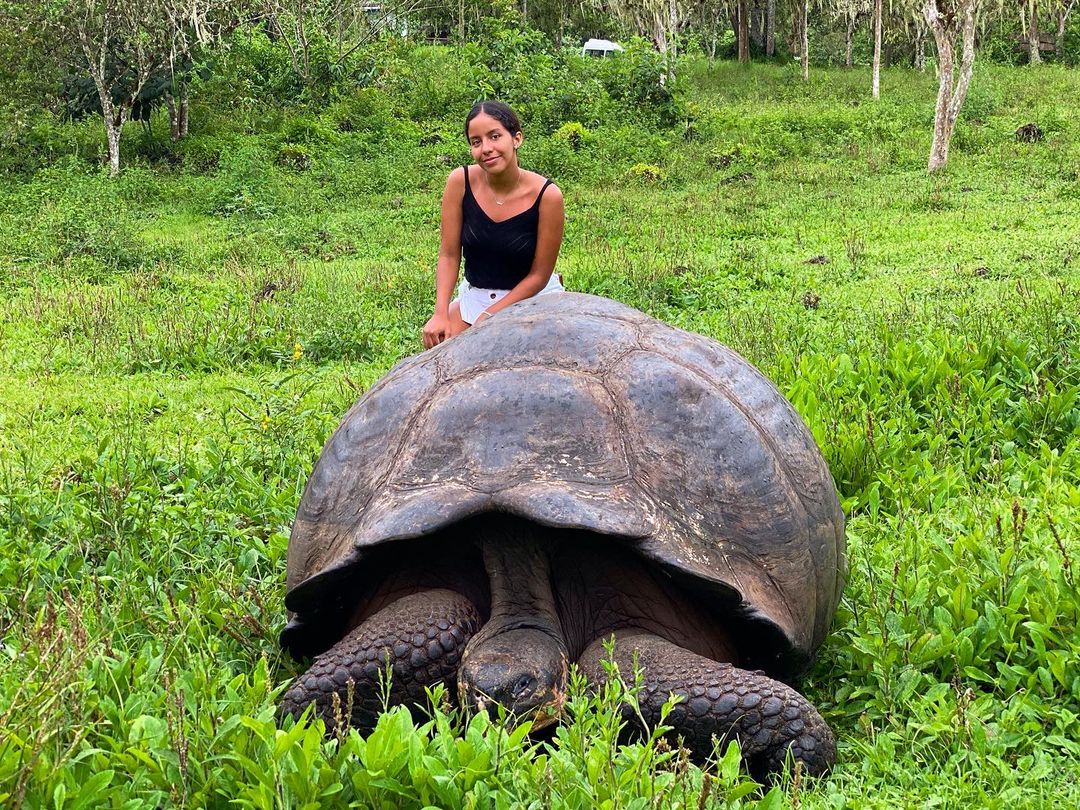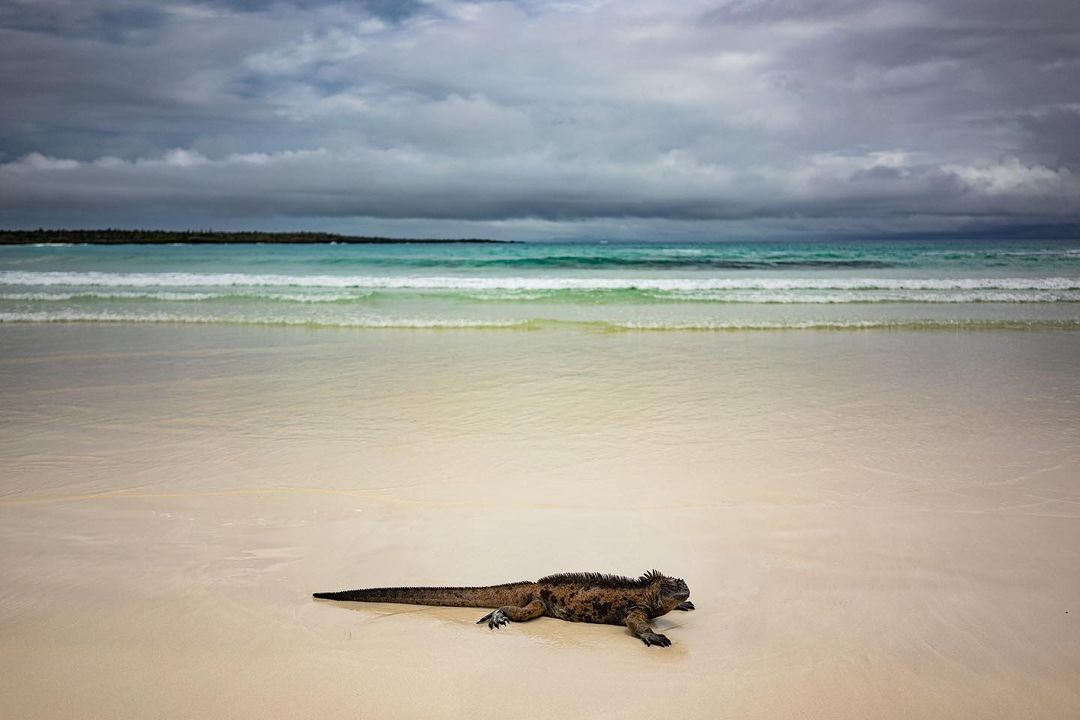The Galapagos Islands are one of the most remote and beautiful places on earth. This world heritage site, officially called the Archipelago de Colon is a group of 13 major volcanic islands and several smaller islands in the Pacific Ocean 1000 km west of Ecuador. They straddle both sides of the equator and are a part of the republic of Ecuador. Having literally emerged from the sea, sitting in near- absolute isolation, these islands were perfect for evolution. As a result, Galapagos is home to one of the most unique wildlife in the world. It is a land of contrasts with its lush highlands, cactus overgrown desert like areas, beautiful beaches and the most incredible wildlife.
Here are some of the interesting activities you will be able to enjoy on the Galapagos Islands:
SNORKELING
Just off the shoreline and a few feet below the surface of the water, is an abundance of sea life. See large sea turtles and the world’s tiniest penguins, magenta octopus cuttlefish, oysters and squids. The waters are teeming with marine iguanas, docile reef sharks, clouds of angelfish, manta rays and huge varieties of mollusks. You do not require any training for snorkeling, however do follow instructions. The strong currents around the islands and the nature of the Pacific Ocean, conservation concerns about the reef require you to take all briefings seriously. Most of the animals on the islands do not fear humans, but if you chance upon a bull- lion do not touch him even if he touches you. Similarly, do not touch the pups, the mother will quickly abandon it if she senses human scent. It is recommended to snorkel either in a group or with a friend. A snorkeling expedition in the Galapagos is a fun filled colourful adventure.
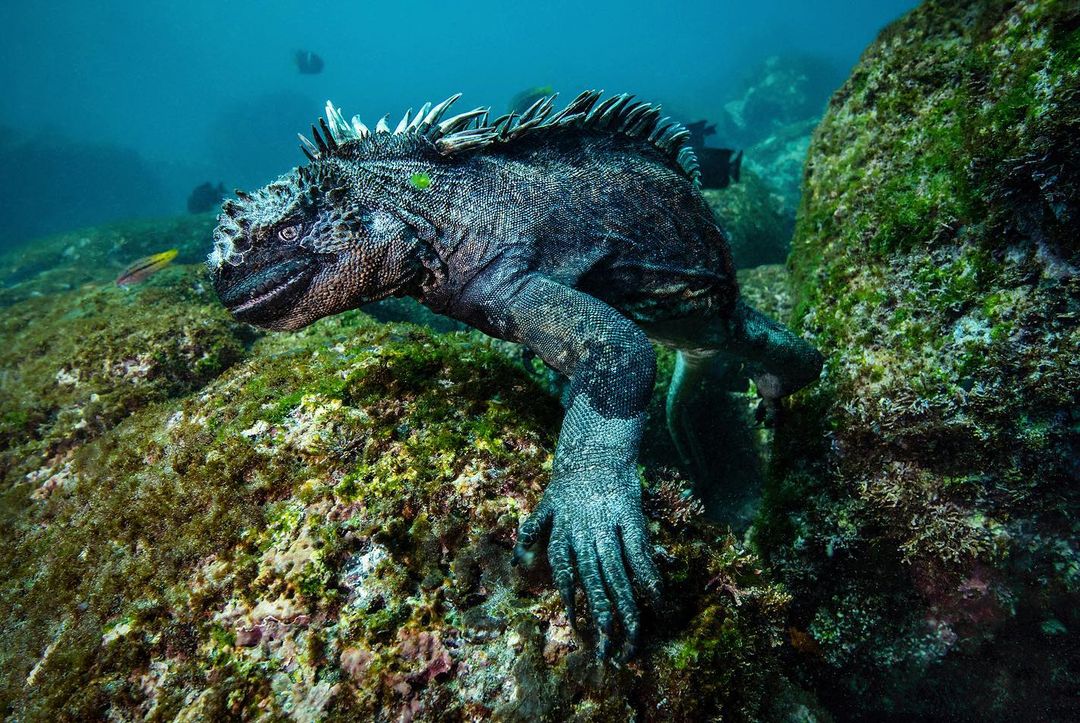

GIANT TORTOISE BREEDING CENTERS
You can see these prehistoric- looking creatures at the Charles Darwin Research Center in Santa Cruz or the Galapagos Interpretation Center in San Cristobal. However, the more interesting and less crowded center is in Puerto Villamil on Isabela Island. The Galapagos tortoise when full grown can weigh up to 500 pounds and reach a length of 6 feet. Here you can hold a tortoise egg and learn about the different tortoise types that are native to different volcanic areas on the island, each with distinct- shaped shells.
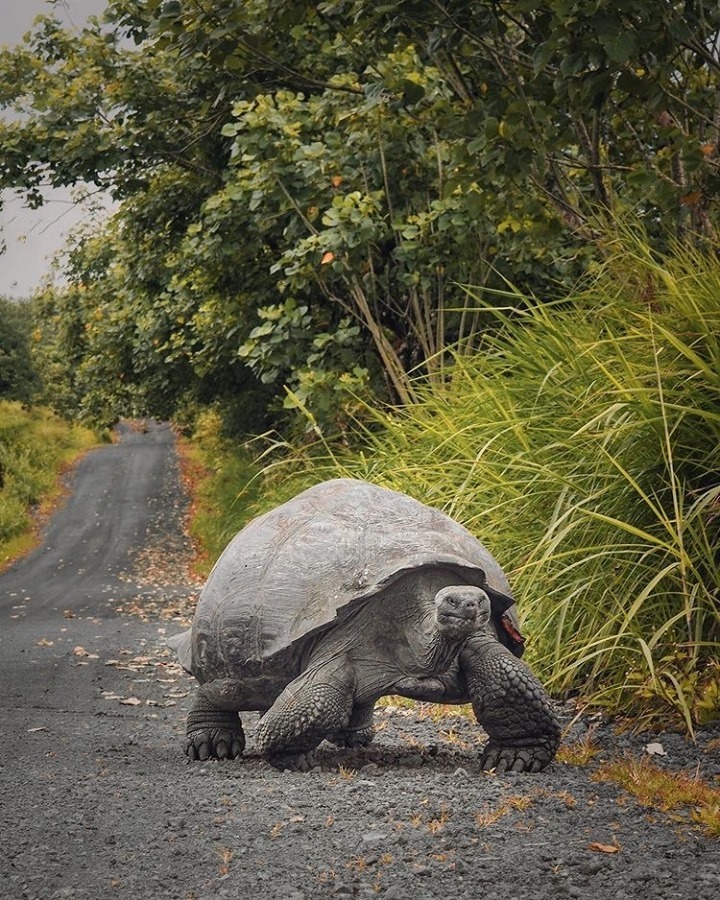

HIKING
Trek up into the highlands to see a variety of vegetation and amazing geological formations. Walk along the rim of one of the archipelago’s active volcanoes. Sierra Negra, on Isabela has the world’s second largest crater. This is one of the most active in Galapagos, with the last eruption in 2005. You get an opportunity to explore thermal vents and other fascinating geological features in this highly active geothermal area. Isabela is the largest island which has 6 other volcanoes.
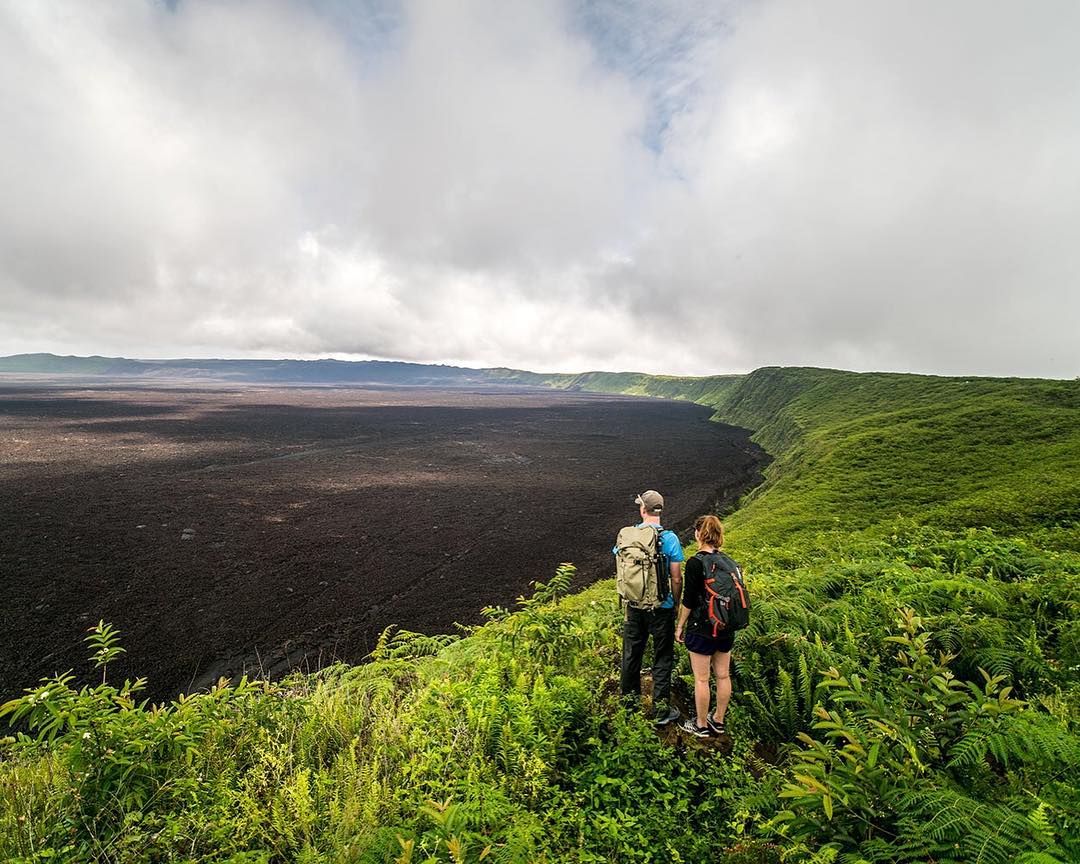

TUNNELS
Also referred to as the “ lava tubes”, these geological wonders formed when molten lava cooled and hardened on the outside but stayed hot and kept flowing on the inside. This resulted in hollow tubes of igneous lava rock that you can walk through and explore like caverns. The lava tunnels are located in the highlands of Santa Cruz southwest of the village of Santa Rosa. There are tunnels at El Chato too.
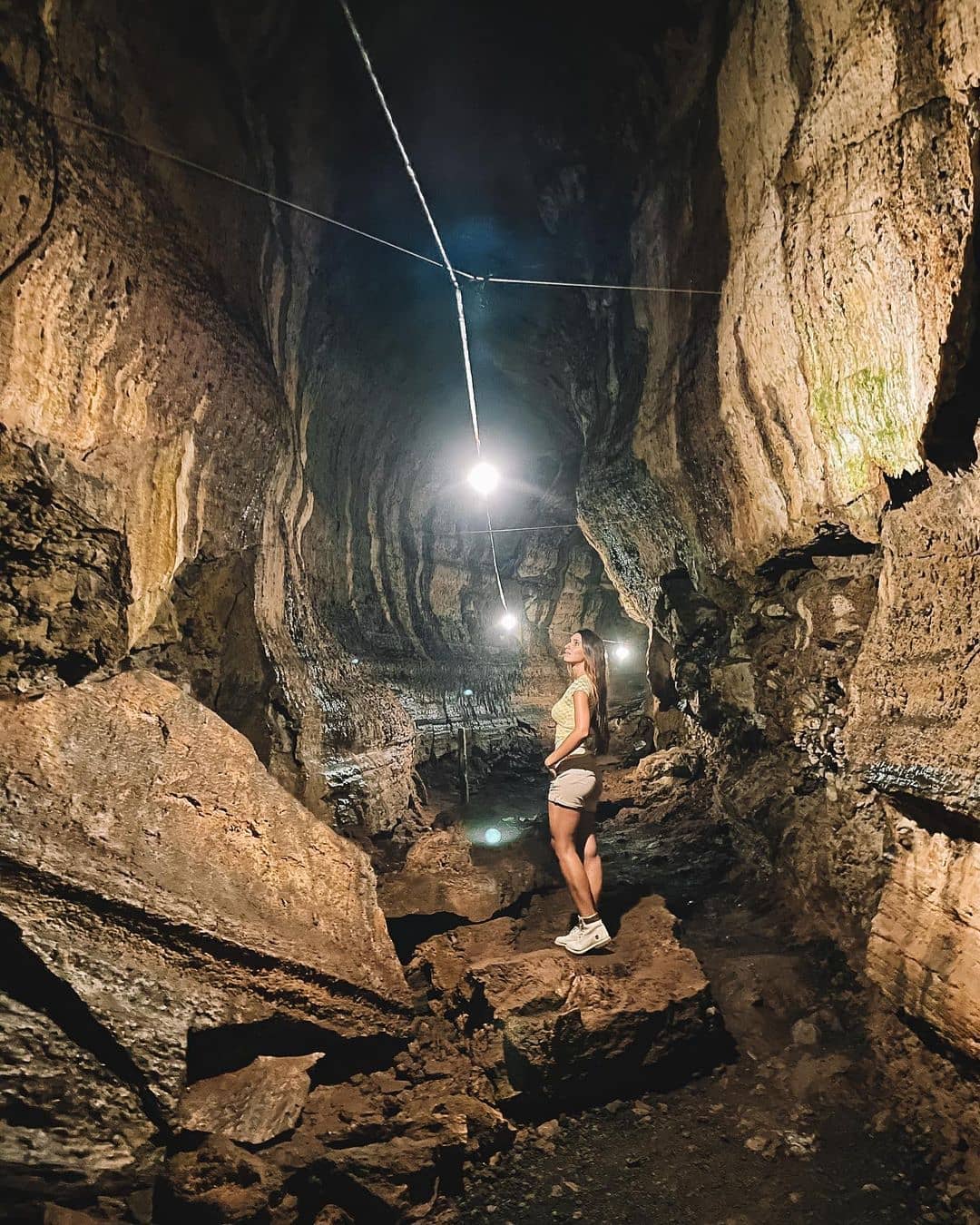

EDEN ISLET
Eden Islet, off the northwest coast of Santa Cruz, is a geological feature called “tuff cone” which formed when hot lava hit the cold ocean. This place is a haven for different wildlife, particularly for various species of exotic birds. Here you will get to see the famous blue footed booby. The clear, shallow waters around the islet are great for kayaking or snorkeling. You may need to book a tour since Eden Islet is separated from Santa Cruz by a small stretch of ocean, but it is possible to book a boat ride out to the islet for a nominal cost.
